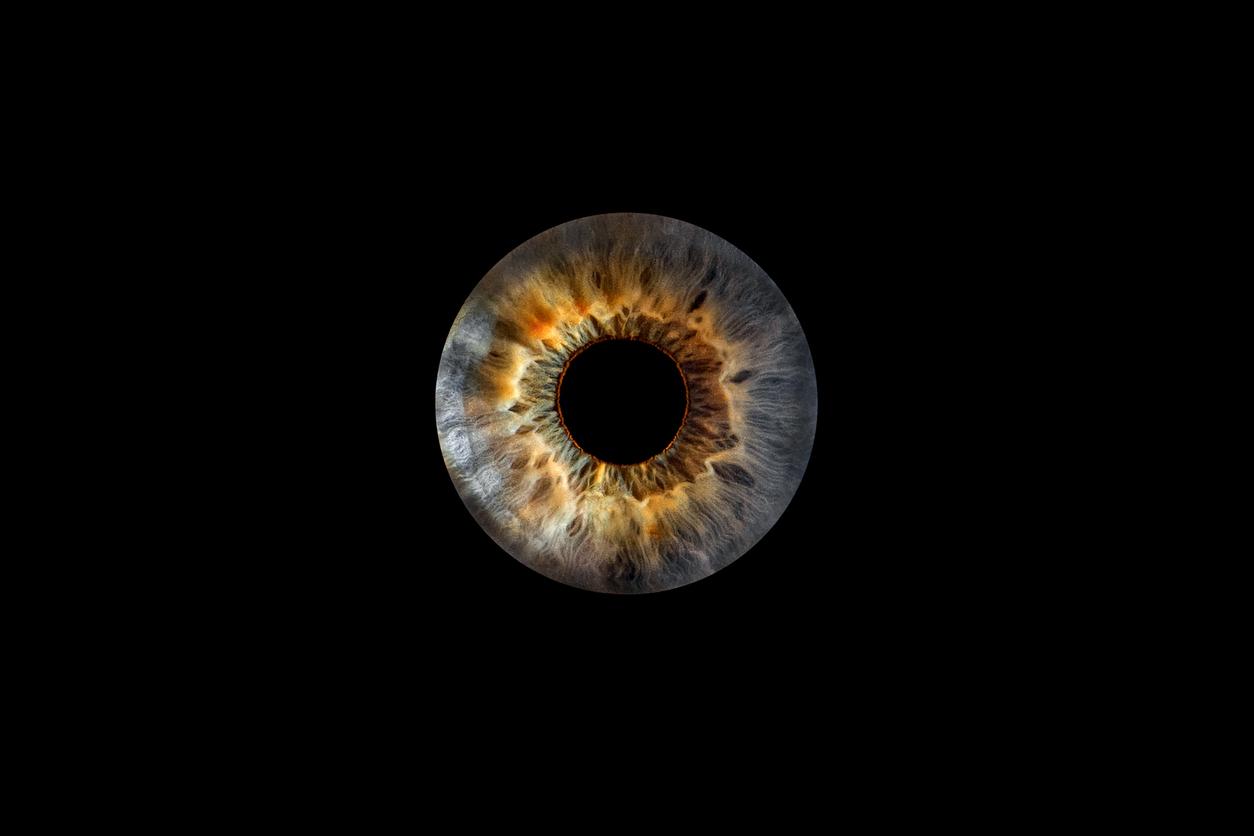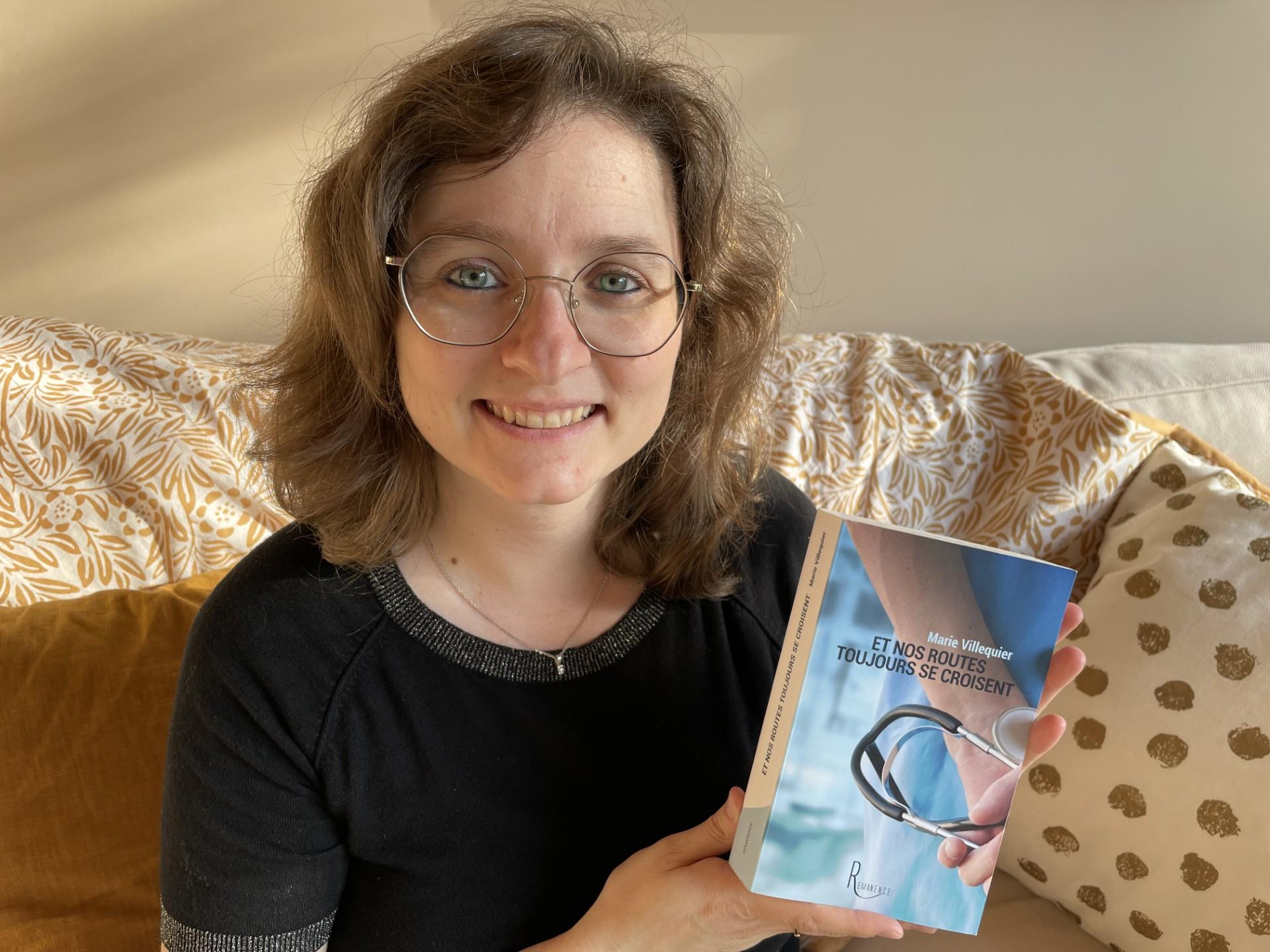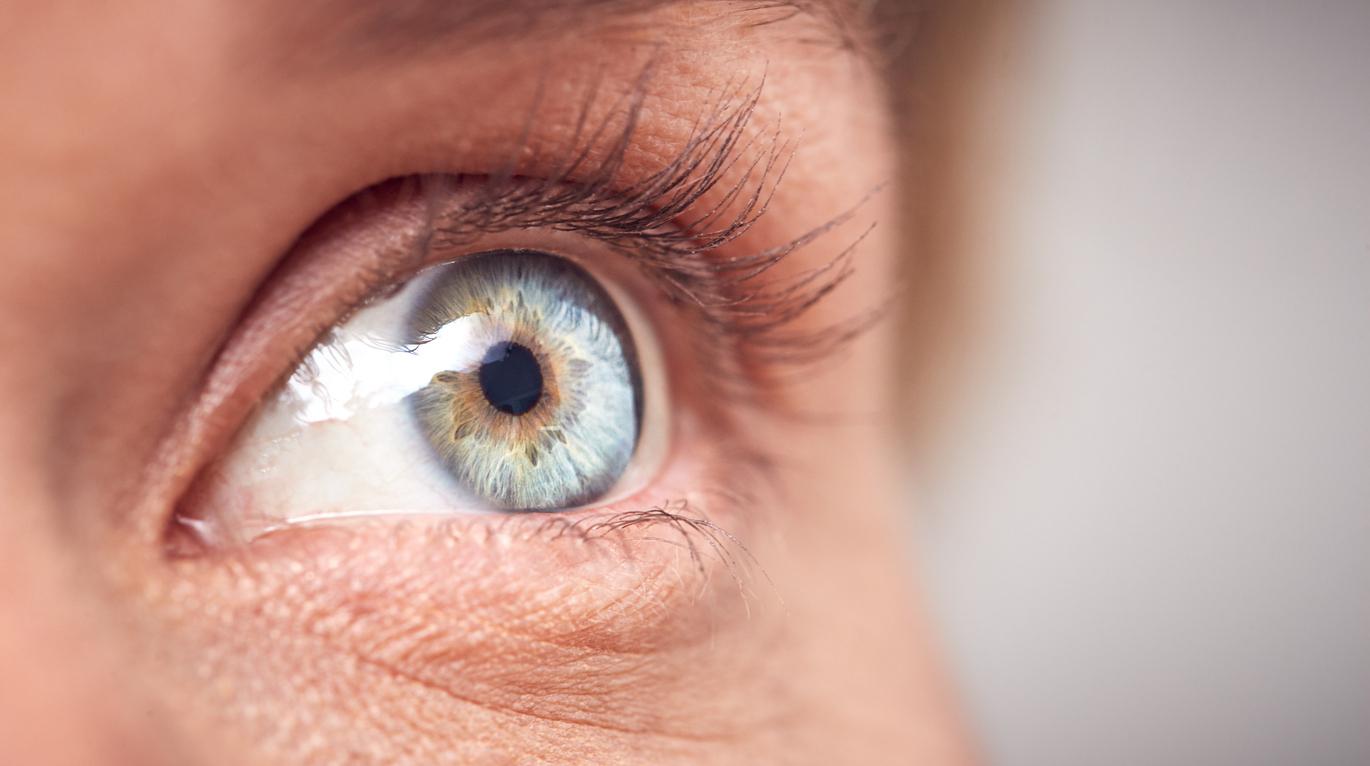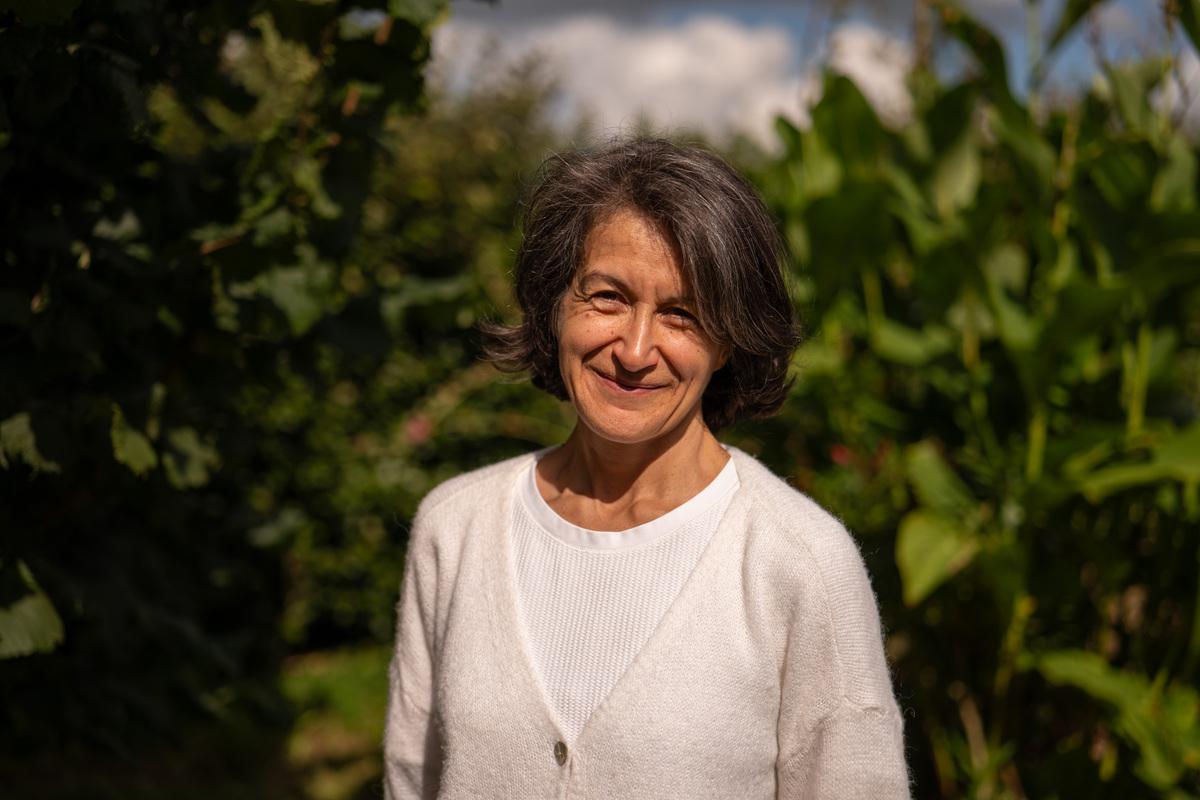Age-related Macular Degeneration or AMD is the leading cause of visual disability among people over 50. More than a million people in France suffer from it. Mireille is one of them. She tells Why Doctor how she learned to live with this disorder.

- Mireille discovered that she had dry Age-Related Macular Degeneration twenty years ago. This disease is characterized by progressive atrophy of the cells of the macula, the central area of the retina.
- The progression of the disease was very slow. She was hardly bothered for the first decade, but her loss of visual acuity is now significant and complicates her daily life.
- AMD is the leading cause of visual impairment among people over 50. The disease affects around 30% of people over 75.
“I suffer from atrophic AMD, also called dry AMD. This disease is characterized by a progressive atrophy of the cells of the macula (center of the retina, Editor’s note). Thus, inside it, I have an atrophied area which grows and sends less and less information to my brain. As the visual cells die, the loss of central vision becomes more and more severe.”explains Mireille Martin.
If the eye disease with which she has lived for 20 years no longer really holds any secrets for her, the Ile-de-France resident discovered that she suffered from it… almost by chance.
AMD: “I was amazed”
Having flies in her field of vision very regularly, Mireille decided to consult her ophthalmologist whom she saw very regularly since she has worn glasses since the age of 10. But the doctor was very reassuring: these vitreous floaters are not serious.
“However, she took advantage of my presence to take a look. And there, she told me: I see drusens”, remembers Mireille. At the time, she didn’t know what it was. These are deposits resulting from the destruction of cells in the macula. This information did not worry the patient at the time. “I understood that it was a sign that perhaps one day a disease could occur, but not that it was the first symptom of AMD.” She realized her mistake two years later during her routine visit. During the consultation, the ophthalmologist told her that she was going to check the progression of her AMD. “I was stunned, because I had not understood at all two years earlier that I had this disease.” Further examinations confirmed that she was suffering from the beginnings of dry AMD.
How could she have lived these two years without realizing her disorder? This form of AMD generally progresses very slowly. And this was the case for Mireille. “At that moment, I was absolutely not hampered in my daily life. In fact, as long as the atrophy is not significant, the brain is able to compensate for the lack of information. Vision is very little disturbed. ”
Loss of visual acuity: “The problem with this denial was driving”
Mireille’s AMD progressed particularly slowly. For 10 years, the illness hardly slowed down his activities or disrupted his daily life. Reading, crafts, traveling… she remained completely independent. This very slow deterioration of visual acuity has fueled a certain form of denial of the disorder. “As it didn’t bother me much, I didn’t take it into account. The problem with this denial was driving. I had a car accident 10 years ago because of my poor eyesight. I “I felt like there were no signs, but I was really starting to have vision problems.”
“Somewhere deep inside I knew that driving had become difficult. That I had to concentrate on reading the signs. But I didn’t want to see it. It’s very hard to accept the loss of a certain form of independence. I experienced it brutally.”
AMD: “It’s not blindness, because I have peripheral vision”
The disease continued to progress. Today, Mireille only has 0.5 visual acuity in one eye and 2.5 in the other. “It’s not blindness, because I have peripheral vision. If I no longer see the details, nor what is in front of me, I perceive the environment.
But this partial loss of visual acuity disrupted his daily life. In addition to no longer driving, she can no longer read. “Except in very specific conditionsshe specifies. People often tell me that I just have to make the letters bigger. But actually it’s not effective, because my remaining visual field is small. If the letter is too big, there will only be a piece in my visual field. In reality, I need a thick font and contrasting text. I can no longer read on white material like magazines or books for example. I can only read on my e-reader or tablet where the letters are white on a black background.”
Doing your shopping, moving alone in an unfamiliar place, putting a key in a lock, a plug in a socket… everything that seems acquired to sighted people has become complicated. “When I go to a restaurant, I have to ask my friends to read the menu to me, but also to explain to me what’s on my plate, because I can’t identify it.”
“It took me years to tell myself that I was disabled. It was when I approached the AMD association that I started to accept it. Working with the organization and meeting people experiencing the same challenges has helped me a lot.”
Spilled glass, poorly peeled potatoes… Mireille now prefers to laugh with her family about the shortcomings of her pathology. “We have to accept that things are not done perfectly, otherwise we no longer do them at all”she warns.
However, she deplores the fact that society does not take greater account of the difficulties of the visually impaired. “For society, we are either sighted or blind. While there are basic things that would really make our daily lives easier. For example, social security forms are white and orange. For someone like me, it there is not enough contrast between the background and the writing, we cannot read the document. If it were white and black, I could see, but with these colors, no. Nothing is thought of for the visually impaired.”

“There is an extremely simple screening for AMD”
Although AMD is the leading cause of visual disability among those over 50 and affects around 30% of those over 75, it remains little known to the general public. For Mireille, it is essential to consult the ophthalmologist from the age of 50, the age when the first signs of the pathology appear. In addition, there is a simple test to screen for the symptoms of AMD called the Amsler grid. “It is a grid with vertical and horizontal lines and a point in the center. You stare at the point, covering one eye, then the other. If the lines become twisted or distorted, even slightly, you have AMD. It’s extremely simple.”
And even if the disease progresses slowly, it is preferable to act at the slightest doubt. “For dry AMD, early treatment does not change much, because there is no treatment.recognizes Mireille. “But for people who have wet AMD, the other form of the disease, it’s important. The earlier it is treated, the more likely patients are to slow it down or stop it for a while.”
“You should definitely not stay alone in your corner with your illness”concludes Mireille.










-1739366311.jpg)






